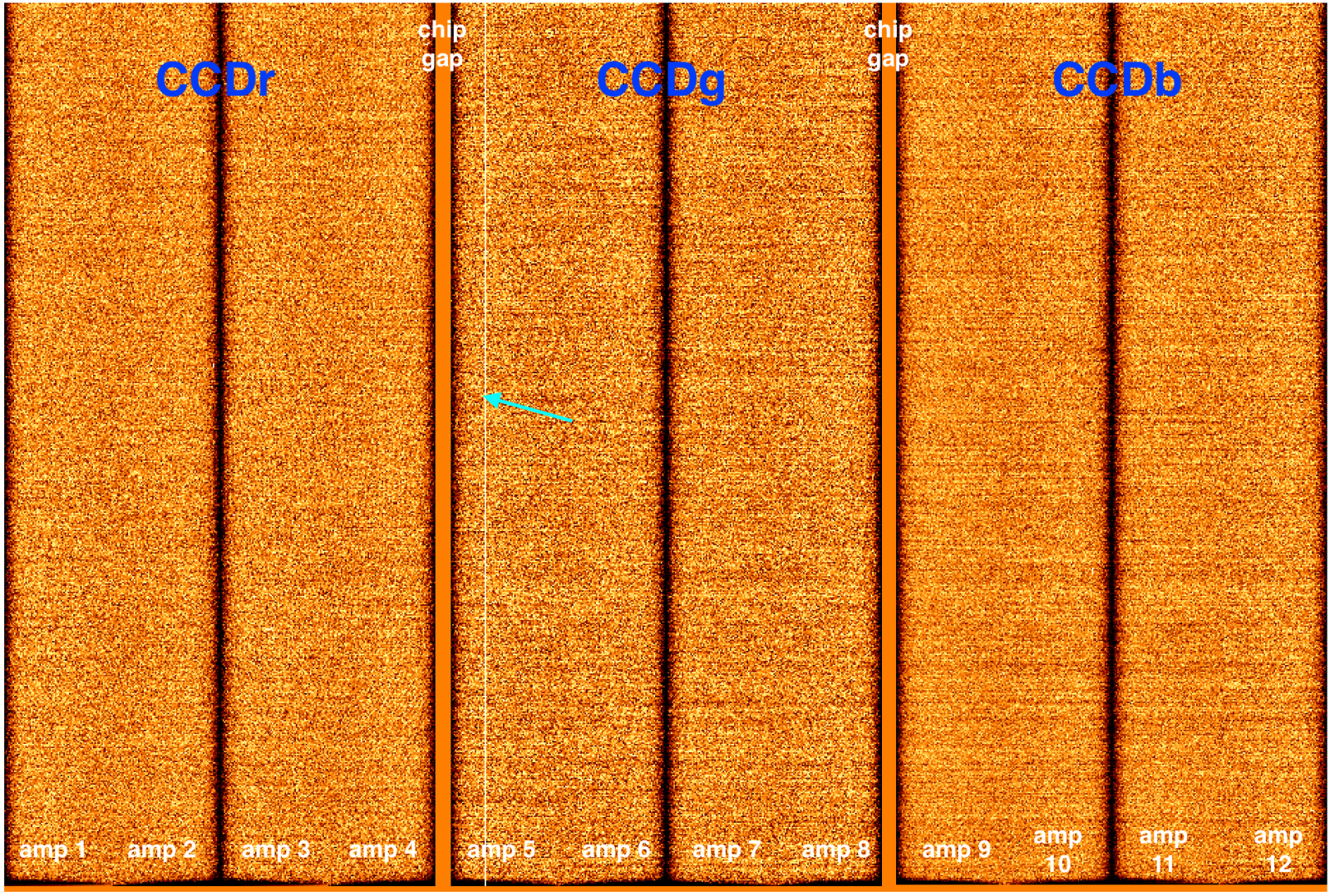IGRINS installed on the telescope
After the completion of the GHOST commissioning, the GHOST Cassegrain Unit was removed from the telescope and IGRINS was installed back on the same port last Monday. Back on sky checks were performed successfully on Tuesday night and the instrument was used immediately for science operations.
